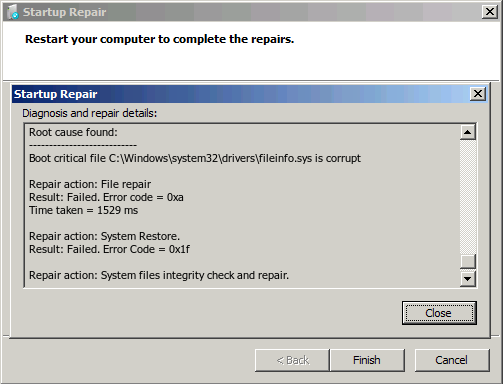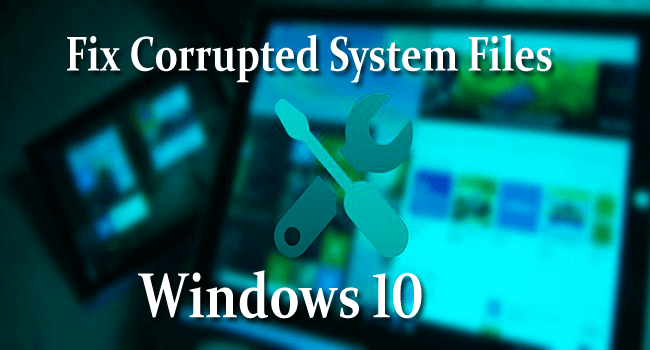


At the Windows activation section, click Change product key.Follow any instructions left and remove the DVDĪfter you performed the Upgrade Install, add the license key:.Select what type of Windows Vista you purchased and then check the I have selected the edition of Windows that I purchased option.At the Do you want to enter your product key now? question, select No.Leave the Automatically activate Windows when I’m online option unchecked.Select Do no get the latest updates for installation.After you perform the Upgrade Install, you can manually update Windows Vista with the latest updates available.Once Command Prompt has loaded, type the following commands, each at a time, press Enter after each command:.Restart your computer and boot from the CD again.Rename _REGISTRY_MACHINE_SYSTEM to SYSTEM.Rename _REGISTRY_MACHINE_SOFTWARE to SOFTWARE.Rename _REGISTRY_MACHINE_SECURITY to SECURITY.Rename _REGISTRY_USER_.DEFAULT to DEFAULT.Once copied, rename these files in the Tmp folder (not the Snapshot folder) as shown below:.From the Snapshot folder, copy the following files to C:\Windows\Tmp.when you logged into the computer at this session.You can check this by right clicking on the first folder and check its date.The title format of these folders is something like this: Open any folder that wasn’t created at the current time, e.g.

If it’s on FAT32, you can continue the steps below. You’re most likely to receive Access denied if your Windows XP is on NTFS and not on FAT32.


 0 kommentar(er)
0 kommentar(er)
